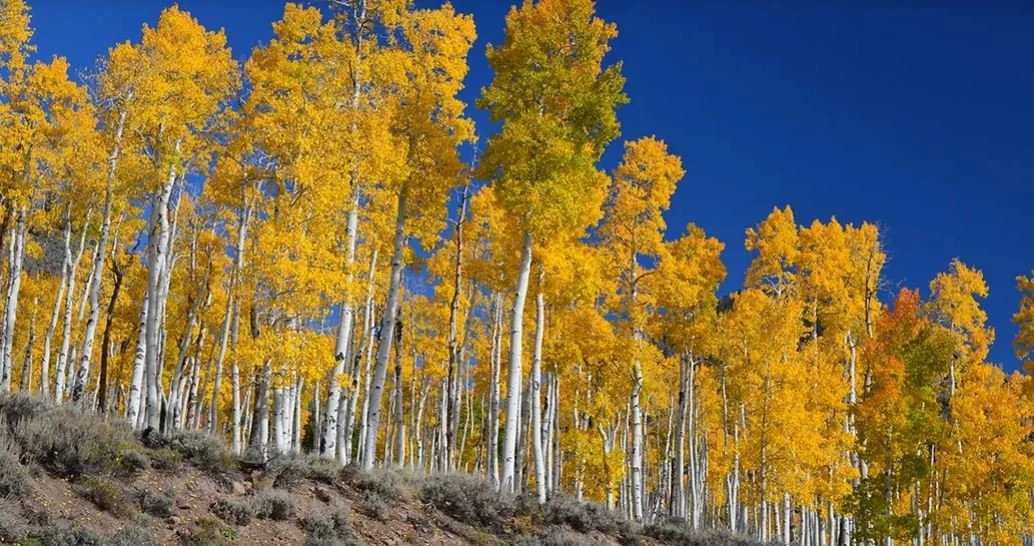Remembering Rachel Carson
“There was once a town in the heart of America where all life seemed to live in harmony with its surroundings …”
So opens Rachel Carson’s 1962 masterpiece, “Silent Spring,” which lets us know a few lines later that “some evil spell had settled on the community,” and we quickly learn that the evil was coming from the more than 200 chemicals that humans were dousing on insects, weeds, rodents, and a lot of other organisms.
It’s Carson’s birthday this week [May 27], so a good time to remember that some pesticides are still with us, but so is Carson’s legacy. “Silent Spring” made many Americans aware of the deadly chemicals for the first time and launched the modern environmental movement. She can legitimately take a lot of credit for passage of the Clean Air Act (1963), the Wilderness Act (1964), the National Environmental Policy Act (1969), the Clean Water Act and the Endangered Species Act (both 1972), and ultimately the establishment of the Environmental Protection Agency, in 1970.
Before “Silent Spring,” her last book, Carson wrote extensively and exquisitely on the ocean. After SS, she was relentlessly attacked by the chemical industry (and by a few of their pals in the government) as an alarmist. Carson died in 1964 after battling breast cancer.
There aren’t many authors who have had such an enduring and beneficial influence on all of us decades later, as we live and breathe.
Photo credit: Alfred Eisenstaedt / Time & Life Pictures / Getty Image







